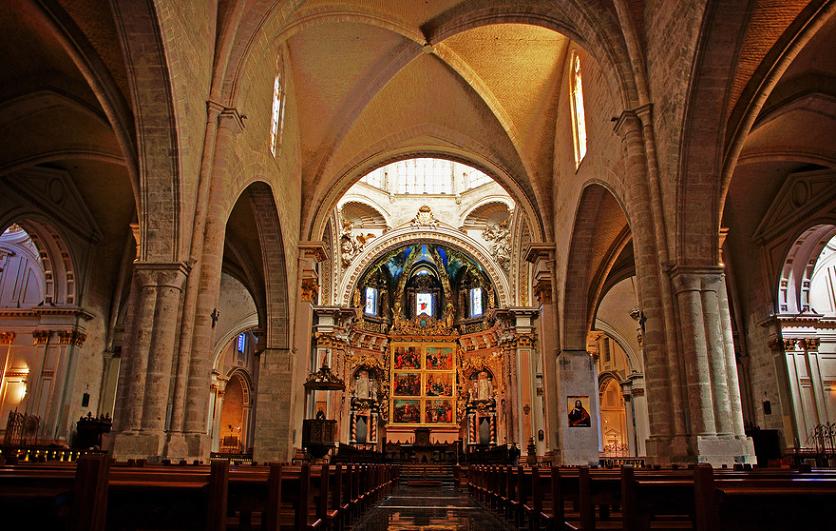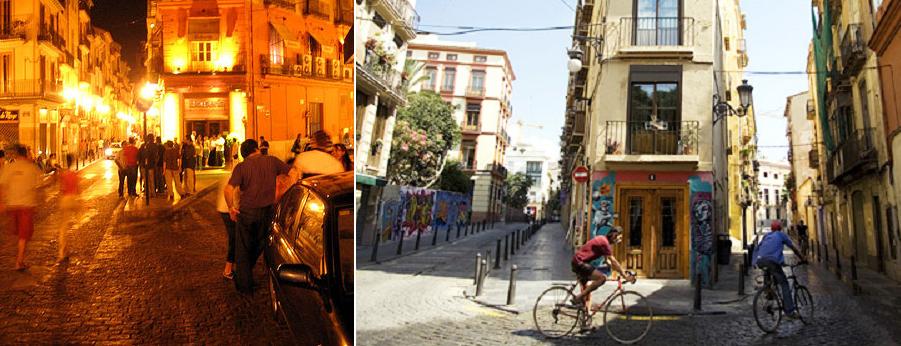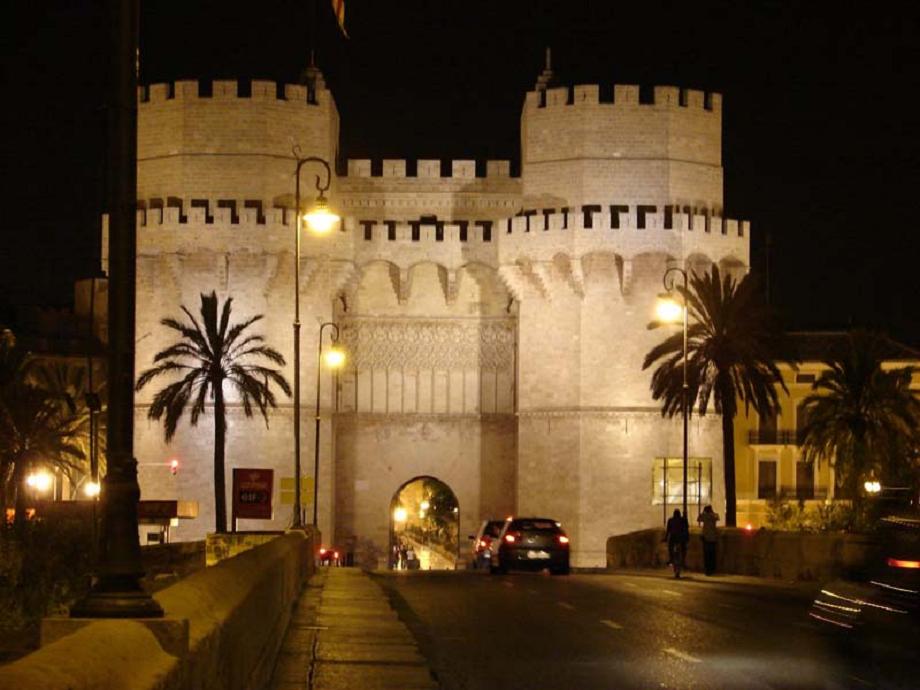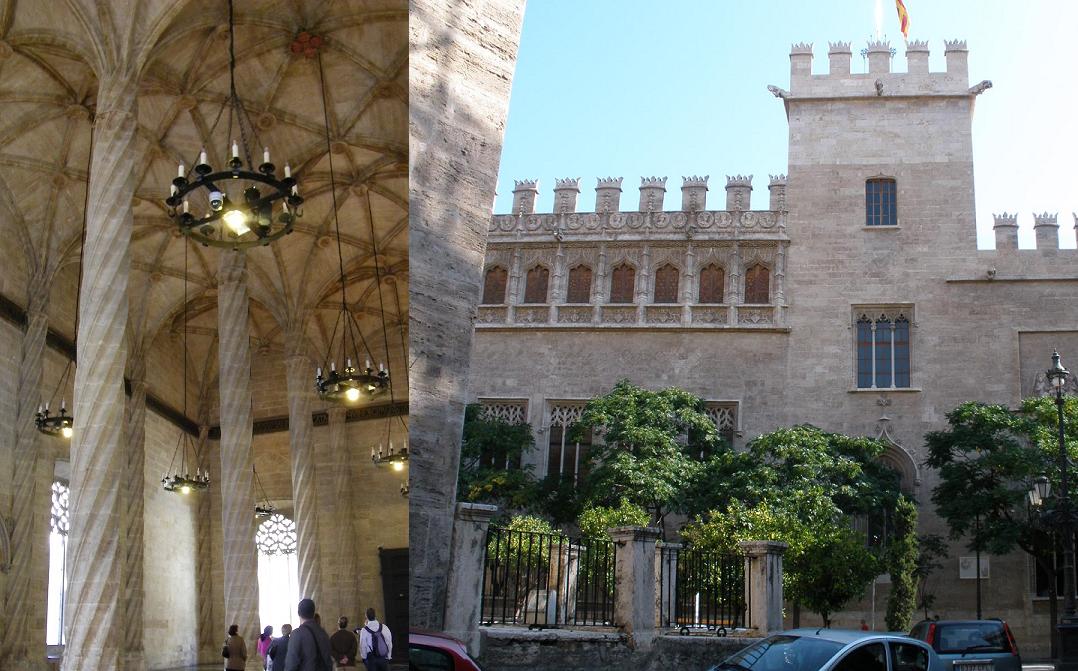Vacation in Cities of Mediterranean Coast, Valencia
Top list of tourist attractions of Valencia, one of the pearls of Iberian Peninsula.
Valencia is Spain’s third city and has long stood in the shadow of the more trendy Barcelona. That has changed, especially since the completion of the futuristic City of Arts and Sciences. Some people even get to this ultramodern complex for them the old, historic city delights. This town has a rich past, but is also now living and attractive, with old churches, imposing gates, terraces and excellent opportunities for a night out. In this article a top 5 attractions in this beautiful city.
5. Barrio del Carmen
Barrio del Carmen is a daytime rustic old part of town and in the evening a lively entertainment scene. This area is located in the northeast of the old city.
By day you can stroll through the streets and enjoy the peace and atmosphere. The Plaza del Carmen is the heart of this area with a fountain, orange trees and the Carmen Church. In addition, Carmen is the old monastery that has been transformed into a center of arts and culture, where changing exhibitions of contemporary art are held. It is affiliated with the Museo de Bellas Artes. This old town is rich in modern art, you will also find the Instituto Valenciano de Arte Moderno in the street Guillem de Castro.
4. La Seu Cathedral of Valencia
Valencia Cathedral (Catedral de Santa María) is usually simply referred to as La Seu. The church was built in the 13th and 14th centuries and is a special mix of architectural styles. The Puerto de Palau is in Romanesque style, the Puerto de Hierros is baroque and the Puerto de los Apostoles Gothic. If you are on a Thursday in the city you need to stroke 12 hours at the Puerto de los Apostoles look. There is then the century old water tribunal held, where the farmers from the fertile environment of Valencia resolve their disputes. Today this Tribunal de Las Aguas more folklore than real court, but by the traditional costumes a fun spectacle.
In the cathedral you will see many artworks, including Francisco Goya, but the most famous object is the Holy Grail. This would have been stone cup from Jesus at the Last Supper. The cup is already since the 15th century in Valencia. The cup and other church treasures are on display in the museum of the Cathedral, Sala Capitular. There is a mummified hand to see San Vicente Martyr, the patron saint of Valencia.
3. Museo de las Ciencias Príncipe Felipe
The museum of science is part of the hyper-modern Ciudad de las Artes y de las Ciencias, designed by Santiago Calatrava with a clear stamp on Valencia. The development of this “city within a city” began in the late 90s. Valencia was afraid to become a provincial town: the Barcelona Olympic Games, Seville the World and was awarded a Guggenheim Museum Bilbao. To not be pushed to the Calatrava, the city commissioned a futuristic complex to design, in which he succeeded very well.
The museum of science and technology is not just a museum. First, it is huge: 40,000 m2. But it is also a museum where it is forbidden the exhibits and installations not to touch or handle. The development of mankind, to modern robots and what exactly are gnomes. There are regular special exhibitions. Thus at the legendary America’s Cup yacht race in 2007 an exhibition on the development of sailing.
2. Torres de Serranos
Until the mid-19th century, Valencia city walls. Of those walls are only two access ports: on the heavy Torres de Quart and some elegant Torres de Serranos. The Torres de Serranos are the largest Gothic city gate in Europe, at the end of the 14th century by Pere Balaguer.
Until 1887 these towers were on the north side of the center in use as a prison for the nobility, similar to the Tower of London. On the back you can climb Gothic towers and get a good impression of the massive architecture. For security, you can climb the towers unfortunately not in rainy weather.
1. La Lonja de la Seda
The Silk Exchange of Valencia in 1996 on the World Heritage List of UNESCO as one of the best examples in Europe of late Gothic architecture. The building of La Lonja (also indicated on signposts as La Llotja) began in the 15th century, when Valencia was an important trading center.
From the outside, La Lonja a medieval castle, complete with a tower and battlements. The trade took place in the Sala de Contratación (contract Hall), where the many spiral columns impress. Also note the text that is attached around. It says that the Valencians honest traders.
In one wing you will find the Consulado del Mar, where the tribunal sat market. This was the first court in Spain beslechtte trade conflicts. If a trader had considerable debts he was put down in the tower.
Related Posts
-
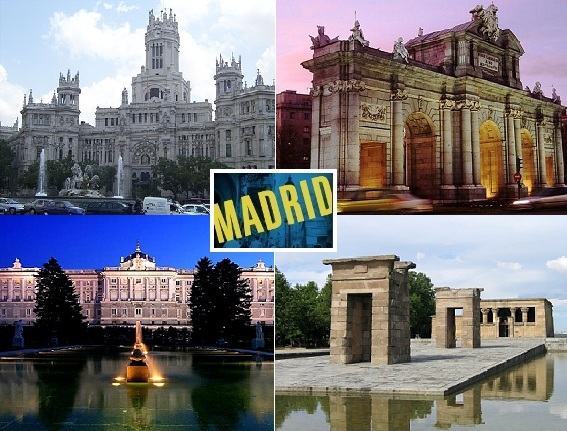 Madrid, Royal Metropolis Of Spain
No Comments | May 6, 2011
Madrid, Royal Metropolis Of Spain
No Comments | May 6, 2011 -
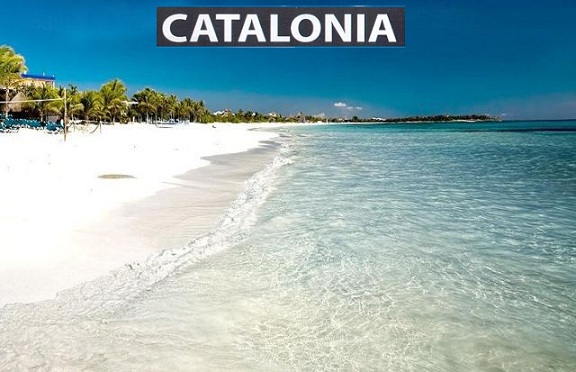 Travel & Vacation in Catalonia, Spain: Part 2
No Comments | May 5, 2011
Travel & Vacation in Catalonia, Spain: Part 2
No Comments | May 5, 2011 -
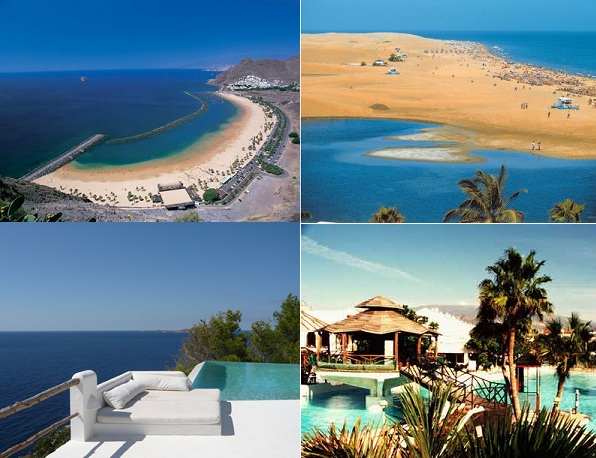 What Are The Top Best Spanish Islands?
No Comments | May 23, 2011
What Are The Top Best Spanish Islands?
No Comments | May 23, 2011 -
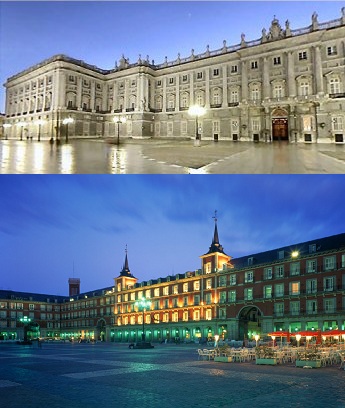 Royal Attractions & Activities in Madrid: Part 2
No Comments | May 6, 2011
Royal Attractions & Activities in Madrid: Part 2
No Comments | May 6, 2011
About The Author
Hasan
Trip & Travel Advisor; Voyager!
